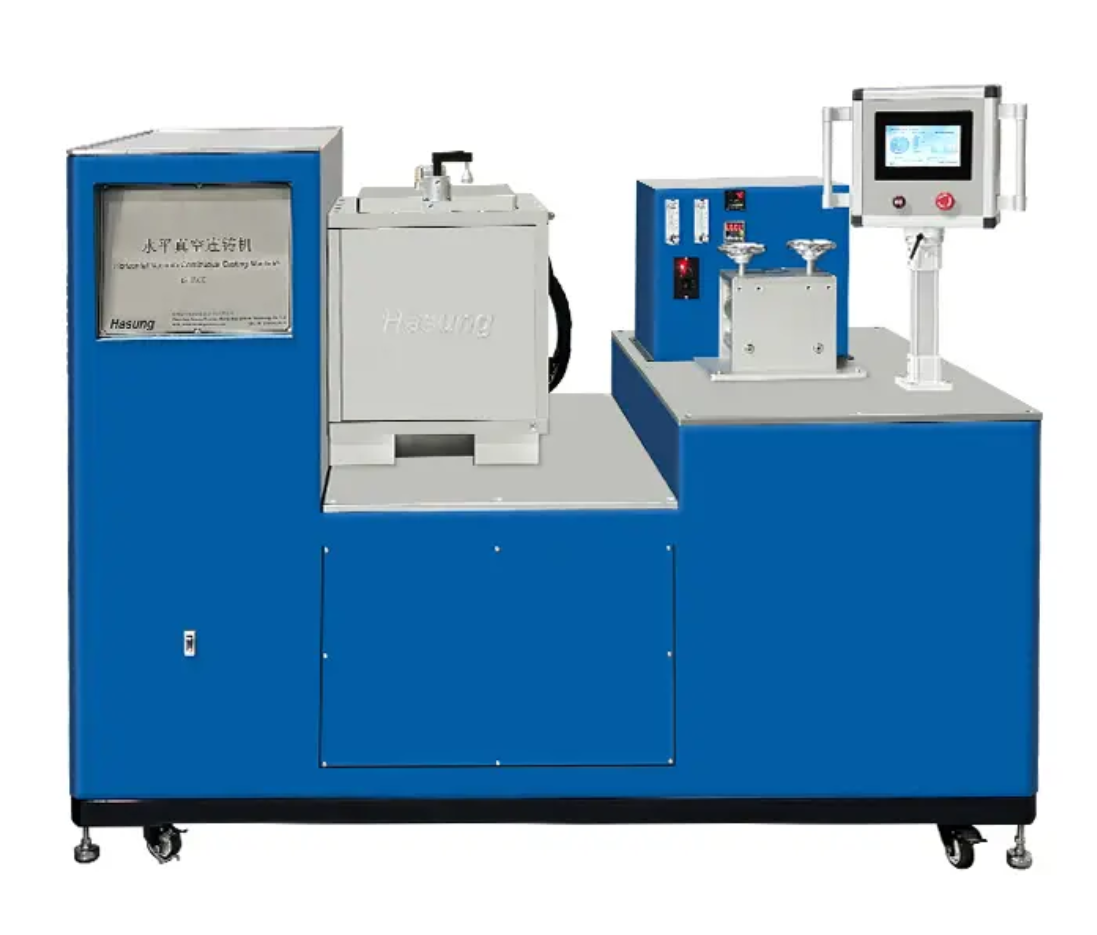In metal manufacturing, efficiency and quality are of the utmost importance. Among the various methods used in the production of semi-finished products, the continuous caster is the most efficient technology. This innovative technology has revolutionized the way metal is processed, providing numerous advantages that meet the needs of modern industry.
Learn about continuous casting
Continuous casting is a process in which molten metal is solidified into a continuous slab, which is then cut to the desired length. This method is mainly used to produce semi-finished products such as billets, blooms and slabs, which are basic materials for further processing in the manufacturing industry. Continuous casters play a vital role in this process, allowing for a seamless transition from liquid to solid state while maintaining the integrity and quality of the metal.
Advantages of continuous casting machine
1. Improve efficiency
One of the most significant benefits of using a continuous caster is its efficiency. Traditional casting methods often involve multiple steps, including pouring, cooling and solidification, which are time-consuming and laborious. In contrast, continuous casting simplifies the process by allowing large quantities of metal to be produced simultaneously. This not only reduces production time but also minimizes labor costs, making it a more economical option for manufacturers.
2. Improve quality
The continuous casting process is designed to produce high-quality semi-finished products with minimal defects. The controlled environment of the caster ensures uniform cooling and solidification, which helps eliminate problems such as segregation and porosity. As a result, the final product exhibits excellent mechanical properties, making it suitable for a wide range of applications in industries such as automotive, aerospace and construction.
3. Production Versatility
Continuous casters are versatile and can cast various types of metals, including steel, aluminum and copper. This adaptability enables manufacturers to produce a variety of semi-finished products suited to specific industry needs. Whether producing thin slabs for plate or thick billets for forging, continuous casters can be configured to meet the needs of different applications.
4. Reduce material waste
Another advantage of continuous casting is the ability to minimize material waste. Traditional casting methods often result in high amounts of scrap due to the additional machining and finishing processes required. In contrast, continuous casting produces semi-finished products that are closer to the desired final dimensions, reducing the need for further processing. This not only saves raw materials but also contributes to a more sustainable manufacturing process.
5. Automation and Control
Modern continuous casting machines are equipped with advanced automation and control systems to increase operational efficiency. These systems monitor various parameters such as temperature, flow and cooling rates in real time to make precise adjustments during the casting process. This level of control not only improves product quality, it also reduces the possibility of human error, further streamlining production.
Application of continuous casting
The versatility and efficiency of continuous casters have led to their widespread adoption in various industries. For example, in the steel industry, continuous casting is the primary method of producing steel billets, which are then processed into sheets, plates, and other products. Likewise, in the aluminum industry, continuous casting is used to produce billets that are subsequently extruded into various shapes and sizes.
In addition, the automotive and aerospace sectors have also benefited greatly from continuous casting technology. The high-quality semi-finished products produced through this method are essential for manufacturing components that require exceptional strength and durability. From engine parts to structural components, continuous casting ensures manufacturers receive reliable materials that meet strict industry standards.
The future of continuous casting technology
As the industry continues to evolve, so does the technology behind continuous casting machines. Innovations in materials science, automation and process control are paving the way for greater efficiency and capabilities. For example, integrating artificial intelligence and machine learning into the continuous casting process is expected to enhance predictive maintenance, optimize production planning, and further improve product quality.
Additionally, as sustainability becomes a focus for manufacturers, continuous casters are being designed with energy efficiency in mind. By reducing energy consumption and minimizing waste, these machines not only meet the needs of modern production, but also contribute to a more sustainable future.
in conclusion
In summary, continuous casting machines are undoubtedly the most efficient method of producing semi-finished products in the metal manufacturing industry. Its numerous benefits, including increased efficiency, improved quality, versatility, reduced material waste and advanced automation, make it the first choice of manufacturers worldwide. As technology continues to advance, the continuous casting process will play an even more important role in shaping the future of metal production, ensuring that industries have access to high-quality materials that meet their changing needs.
Post time: Oct-26-2024












